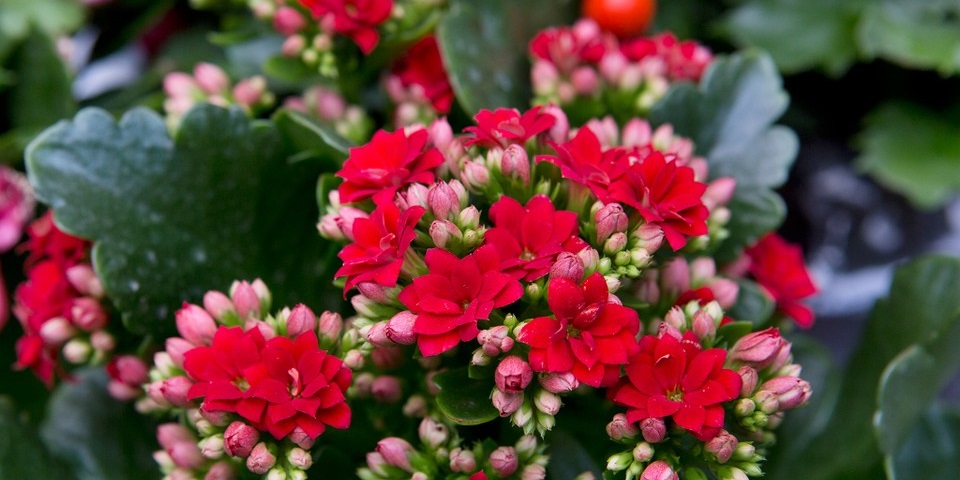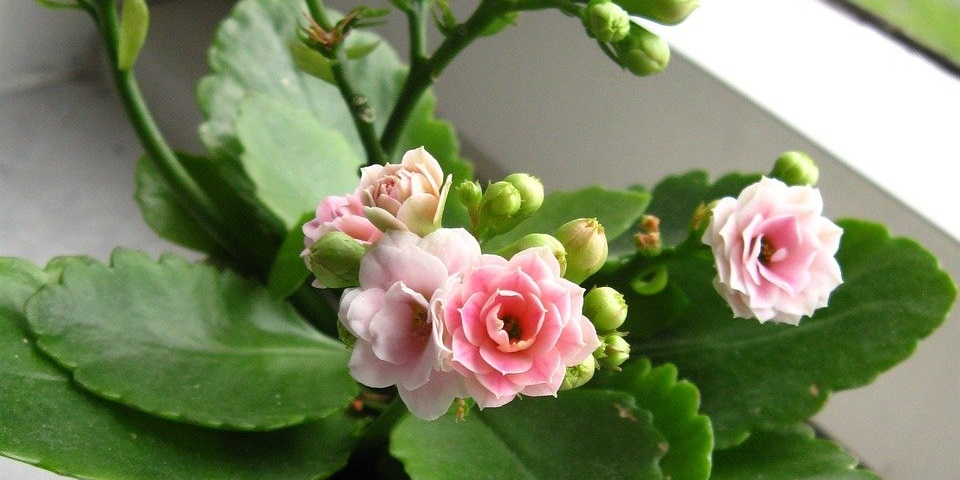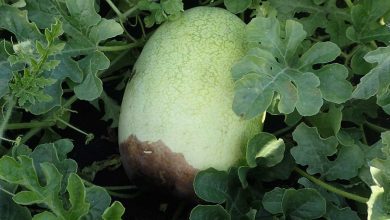Kalanchoe plant: description and care

There are many plants in charge of giving a special aspect to the spaces where they are found, promoting the relaxation of people. This is precisely what kalanchoe is used for inside or outside the home, which, in addition to having an attractive aesthetic, easily integrates into any decoration code.
The kalanchoe is a plant scientifically known as kalanchoe blossfeldiana, which belongs to the Crassulaceae family. Its origin is typical of Asia, Africa and Europe. In addition, because it is a type of vegetation that requires little light and has an obvious aesthetic appeal, it is suitable for use in any interior space.
The kalanchoe plant is considered succulent, that is, its leaves have a fleshy body, which stores an essential amount of nutrients and water to survive during the hottest season of the year. Said storage is a natural defense mechanism so as not to die when exposed to high temperatures.
Among other aspects of interest about this genus of plants, we have that there are 125 species that make up its family. All of them have distinctive characteristics, in terms of the height reached after their growth, flowering, color and shape of the leaves. For example, it is possible to find kalanchoes with green leaves and white or reddish edges, while their flowers can be yellow, white, orange or with other shades.
On the other hand, there is the issue of cultivation, for which the ambient temperature must be taken care of, since any alteration could ruin the flowering. In fact, in most nurseries, changes are usually made in the number of hours of exposure to light, in order to achieve continuous flowering during all months of the year.

The kalanchoe plant: care to take into consideration
The kalanchoe is characterized by having a highly resistant body compared to other vegetation. In addition, its appearance is a bit rustic. However, despite having these convenient characteristics, the plant requires a series of care regarding its initial stage, that is, the cultivation period, as well as the maintenance method that, together, will allow it to grow. In a healthy way. Next, we delve a little deeper into the subject.
About cultivation
Although the cultivation of kalanchoe is an uncomplicated task, it is also true that this work requires the fulfillment of a series of steps.
The first thing is to keep in mind that these types of plants require light to grow, but direct exposure to solar radiation could cause burns on the leaves and their subsequent detachment.
Therefore, it is recommended that the kalanchoe species be in an area with moderate light for about four hours daily. This time will be enough for the photosynthetic processes to take place .
The selection of the cultivation area is another aspect of interest, since the size of this plant can exceed one meter in height. In this way, the ideal is that the land is spacious, so that the plant does not have any type of limitation and, thus, its roots, stem and branches can develop correctly. Of course, some species only measure a few centimeters, and the use of pots (if you click here, you will find several products to choose from) is suitable for placement.
Finally, it is necessary to treat the land where the plant will be planted. If it is an open field, it is recommended to plow the surface to loosen the soil. In this way, the nutrients will be removed and can be more easily absorbed by the roots. Likewise, this step applies to kalanchoes planted in small containers.

About maintenance
Every plant requires maintenance and the kalanchoe could not be the exception. In this sense, if you want to ensure that your species has a long life and is always full of vitality, it will be convenient for you to fertilize the land, water, prune the plant and finally make it reproduce.
Regarding the fertilization of the land or substrate used to grow the plant, we have that this is a step that must be carried out at least a couple of times a year, preferably in the spring and summer period. The ideal is to acquire a product that is responsible for promoting rooting for rapid absorption of nutrients and, therefore, achieving successful flowering.
In addition, there is the irrigation process, which is the most intuitive step in plant maintenance, since there is no specific time to do it. You just have to be attentive to the conditions of the land or substrate used for planting, that is, try as much as possible to maintain correct humidity , without saturating the roots. Thus, in the kalanchoe, watering should occur moderately, but constantly, especially during the summer season.
On the other hand, there is the natural stimulation of the plant’s growth process through the cutting of some of its branches and dry leaves. This can be achieved by simply pruning the kalanchoe. This is a task that should be done twice a year.
The final part of kalanchoe plant maintenance will depend on its reproduction, so once the plant is fully grown, you can multiply it by cutting off some of its branches and growing them. All this, through a cutting process.
To take care of a kalanchoe plant you will not have to be an expert in botany, since it is a type of vegetation that requires simple steps for its cultivation and maintenance. In fact, you can do a web search on how flowering occurs in the kalanchoe, what is the kalanchoe flower, among other aspects that you consider relevant. In this way, you will get the necessary information to keep your plants in the correct state.

![Photo of Carex: [Cultivation, Associations, Pests and Diseases]](https://www.complete-gardening.com/wp-content/uploads/2022/08/carex-cultivation-associations-pests-and-diseases-390x220.jpg)
![Photo of How to Fertilize Potatoes: [When to Do It, Needs and Homemade Compost]](https://www.complete-gardening.com/wp-content/uploads/2022/08/how-to-fertilize-potatoes-when-to-do-it-needs-and-homemade-compost-390x220.jpg)

